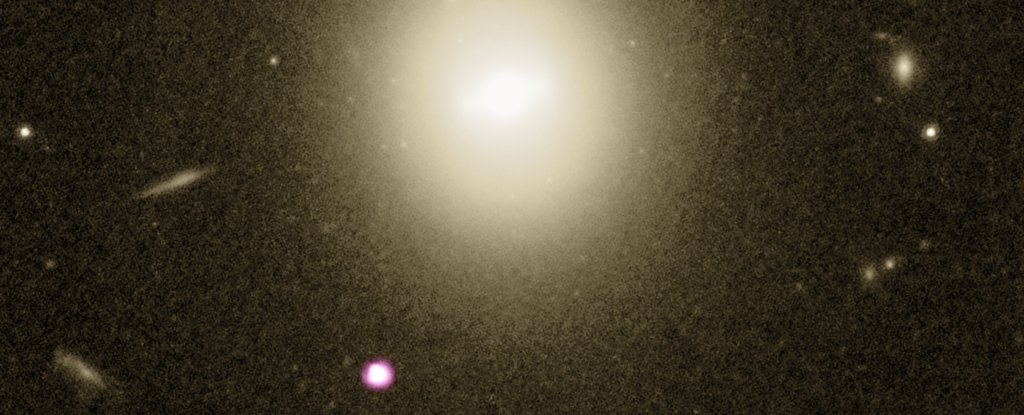By measuring the X-radiation as the star was torn apart by gravity, astronomers have determined that the black hole is an incredibly elusive beast: an intermediate-mass middleweight black hole, sitting between the stellar-mass lightweights and the supermassive heavyweights.
While the boundaries between IMBHs and supermassive black holes (SMBHs) are currently not very well defined, intermediate-mass black holes are generally considered to be larger than a typical collapsed star or stellar black hole (up to a hundred solar masses) but not supermassive (between a million and a billion times more mass than a typical stellar black hole).
Led by astronomer Sixiang Wen of the University of Arizona, the new team has reanalyzed the data, comparing it to sophisticated theoretical models, to more precisely measure the mass and spin of the black hole.
"It's possible that the black hole formed that way and hasn't changed much since, or that two intermediate-mass black holes merged recently to form this one," Zabludoff said.
We know that mergers can produce black holes in the intermediate mass range; one such was detected in 2019, producing a black hole 142 times the mass of the Sun.
We know that the centers of almost all galaxies of the Milky Way's mass or larger host supermassive black holes, and that the mass of the black hole is proportional to the mass of the spherical distribution of stars concentrated in the middle of the galaxy, known as its bulge.
